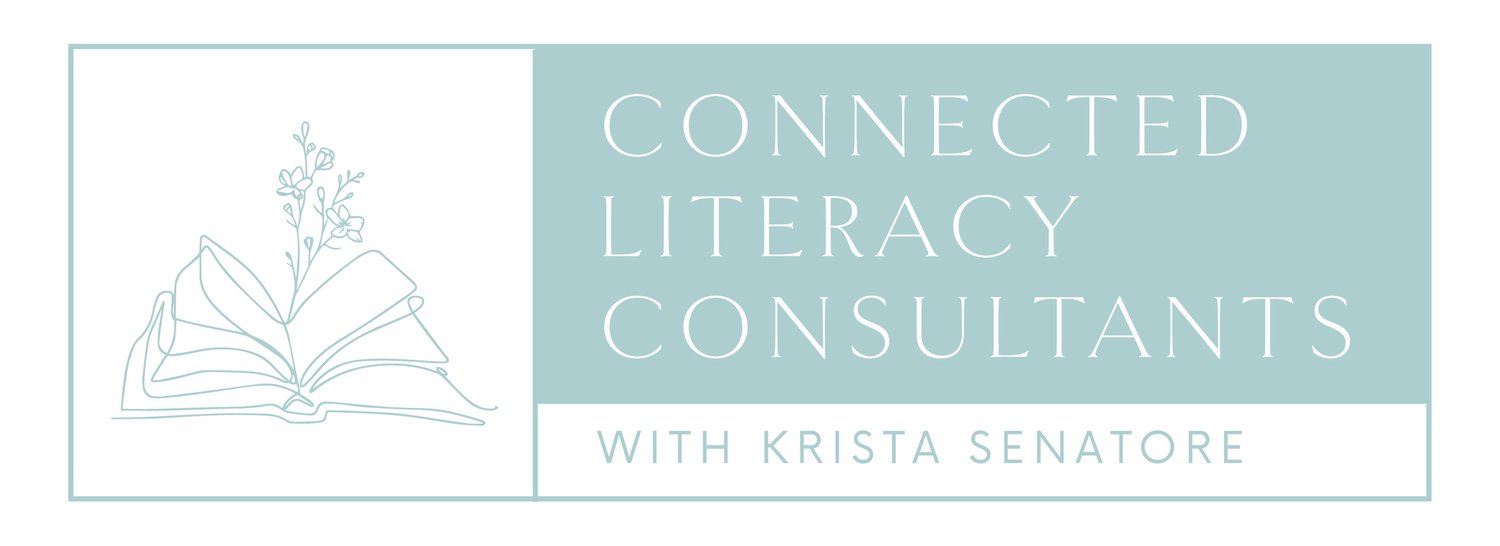Transform Test Prep with Visual Thinking Strategies
For many 3-8 teachers, the month of March means test prep time. I’ll be honest, I dread standardized testing and so do my students. But if I want my students to feel confident when the test hits their desks (or in our case they open their Chromebook to log in), I have to provide opportunities for them to practice. Here are a few tips to make the experience engaging for students.
Strengthen students’ reading comprehension strategies by analyzing visual art using visual thinking strategies (VTS). Click here for free tools to get started!
Step 1: Analyze a piece of visual art
Visual thinking strategies (or VTS) is a great way to boost student engagement in analytical thinking quickly! I present a painting on my Promethean board and give students a minute to take it in. Then I ask the following questions:
“What is going on in this painting?”
“What do you see that makes you say that?”
“What else do you see?”
Students share their observations, come up to the board to point out what they see, and back up their theories with evidence from the painting. They discuss, they build on one another’s ideas, and they draw conclusions. They do the work of readers. What’s more, starting with a painting levels the playing field for all readers since ALL students can do this work and are not limited by a text’s level of difficulty.
Note: For more information check out this Edutopia article, “Using Visual Thinking Strategies in the Classroom” by Erin Chaparro.
Step 2: Create a short response to the visual art
Once we have gathered a number of theories about the text, we select one and write about it. We make a claim (or thesis statement), provide textual evidence and explain our thinking. This work results in a mentor response that students reference when writing responses independently.
Step 3: Transition from visual art to poetry
I want students to transfer this process from visual arts to printed texts. To scaffold, I give them a short text or poem. We use the same questions:
What is going on in this poem?
What do you see that makes you say that?
What else do you see?
Step 4: Students write a short response about the poem
Students write their own response to the poem using the same scaffolded steps:
State your claim.
Provide textual evidence.
Explain your thinking.
Teaching Tip: To differentiate this lesson, I pull students who need support and work with them in small groups. I use guided writing to help them generate ideas and support them with evidence. For more on guided writing, check out Leah Mermelstein’s book, We Do Writing.
Step 5: We repeat the process again with a test passage.
After engaging with analytical work and written expression using visual art and poetry, students are ready to do the same with a test passage. The key is that first we appreciate the text for what it is: a piece of literature that happens to be used as a test passage. I’ve learned that we teachers can’t assume that students see it this way. Oftentimes, they just see a dreaded task. But if we help them see the test as literature and reframe their thinking about it (a piece of writing that they might actually find interesting), then they are more likely to find success with the task.
Bonus: We can reframe our teaching mindsets around test prep
State assessments are a reality of our educational system. While we can’t avoid them, we can control how we teach our students skills to be successful. Bringing in art and poetry we enjoy makes for engaging and energizing educational experiences that develops students’ literacy skills long after they hand in (or submit) the test.

